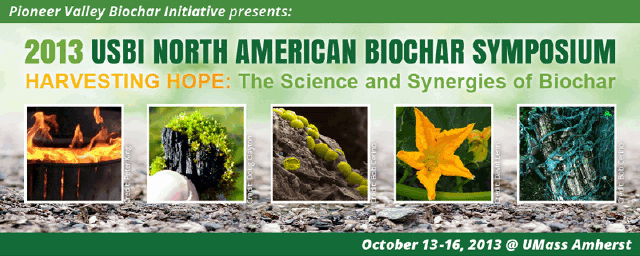Feedstocks & Production
US Forest Service & Geological Survey Panel

Debbie Page-Dumroese

Dr. Gilbert C. Sigua is a Research Soil Scientist at the USDA-ARS Coastal Plains Soil, Water, and Plant Research Center in Florence, SC. His research program focuses on both the short-term and long-term solutions toenhancing soils’ agricultural and environmental sustainability, improving plant nutrient use efficiency, and improving water and nutrient management in humid region. One of his researchobjectivesistoadvancesoilandwaterconservationsystemsbydetermining the efficacy of sandy coastal soils to accumulate and store carbon and recycle nutrients, and the potential of such systems to incorporate biochars while assessing effects on soil quality, water storage, and greenhouse gas emission.
Session Description
- Assessment of commercial uses of biochar produced from woody biomass + Financial analysis of distributed scale biochar production co-located with forest industry operations: Nathaniel Anderson
Carbon Mineralization in two Ultisols: Effects of Sources and Particle Sizes of Biochar: G.C. Sigua
This session will discuss the effect of different sources and particle sizes of biochar on C loss and/or stability in soils based on an incubation study on C mineralization of different biochar sources and particle sizes was established using two different soils. In separate incubation vessels, these soils were amended with one of two manure-based biochars or one of two lignocellulosic-based biochars which were processed into two particle sizes. The amount of CO2 evolved varied significantly between soils; particle sizes and the interactions of biochar source and forms of biochars with soil types. Averaged across soils and sources of biochar, CO2-C evolved from dust-sized biochar was significantly higher than pellet-sized biochar. Coxville soils with SS biochar produced the greatest average CO2-C of 427.5 mg kg-1 and Norfolk soils with PC had the lowest CO2-C production. Measured rates of carbon mineralization also varied with soils and sources of biochar. The average net CO2-C evolved from the Coxville soils was about three-fold more than the CO2-C evolved from the Norfolk soils. These results suggest that applying biochars as pellets is a convenient method of application since it avoids air-dust emissions. Moreover, our CO2 mineralization results imply that biochars delivered as pellets are more resistant to microbial decomposition, thus affording an additional benefit of lasting longer in soils compared to biochar as a dust-sized material.
Authors: G.C. Sigua, J.M. Novak, D.W. Watts, K.B. Cantrell, P.D. Shumaker, A.A. Szögi, and M.G. Johnson
- Biochar impacts on belowground processes and water repellency of forest soils in the western US: Deborah Page-Dumroese
US Forest Service & Geological Survey Panel
CC 163
- Assessment of commercial uses of biochar produced from woody biomass + Financial analysis of distributed scale biochar production co-located with forest industry operations: Nathaniel Anderson
Carbon Mineralization in two Ultisols: Effects of Sources and Particle Sizes of Biochar: G.C. Sigua
This session will discuss the effect of different sources and particle sizes of biochar on C loss and/or stability in soils based on an incubation study on C mineralization of different biochar sources and particle sizes was established using two different soils. In separate incubation vessels, these soils were amended with one of two manure-based biochars or one of two lignocellulosic-based biochars which were processed into two particle sizes. The amount of CO2 evolved varied significantly between soils; particle sizes and the interactions of biochar source and forms of biochars with soil types. Averaged across soils and sources of biochar, CO2-C evolved from dust-sized biochar was significantly higher than pellet-sized biochar. Coxville soils with SS biochar produced the greatest average CO2-C of 427.5 mg kg-1 and Norfolk soils with PC had the lowest CO2-C production. Measured rates of carbon mineralization also varied with soils and sources of biochar. The average net CO2-C evolved from the Coxville soils was about three-fold more than the CO2-C evolved from the Norfolk soils. These results suggest that applying biochars as pellets is a convenient method of application since it avoids air-dust emissions. Moreover, our CO2 mineralization results imply that biochars delivered as pellets are more resistant to microbial decomposition, thus affording an additional benefit of lasting longer in soils compared to biochar as a dust-sized material.
Authors: G.C. Sigua, J.M. Novak, D.W. Watts, K.B. Cantrell, P.D. Shumaker, A.A. Szögi, and M.G. Johnson
- Biochar impacts on belowground processes and water repellency of forest soils in the western US: Deborah Page-Dumroese

